Optimal Timing for Foundation Repairs
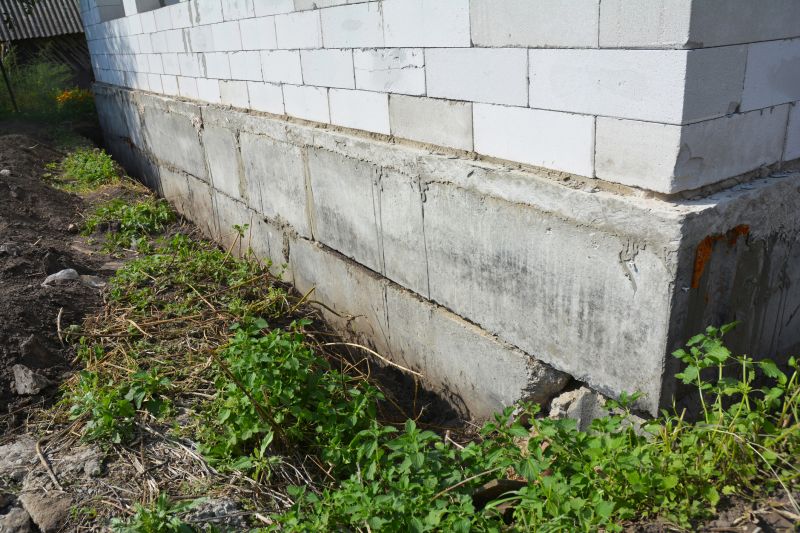
Spring can be suitable for foundation repairs due to moderate weather and soil conditions.

Summer offers longer daylight hours, but high heat and dry conditions may affect repair processes.

Fall provides cooler temperatures and stable soil moisture, ideal for many foundation repair projects.

Winter is generally less ideal due to freezing temperatures and soil contraction, but some repairs are possible.
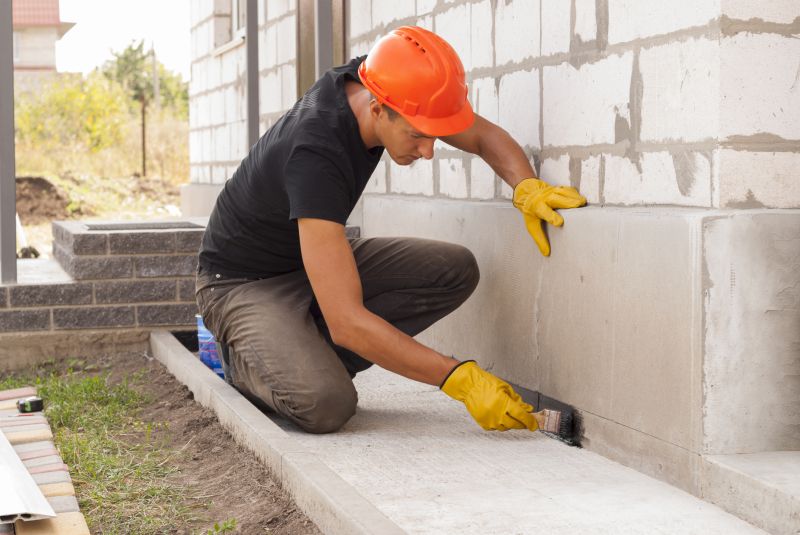
Fall is often considered the best time for foundation repairs because of favorable soil and weather conditions.
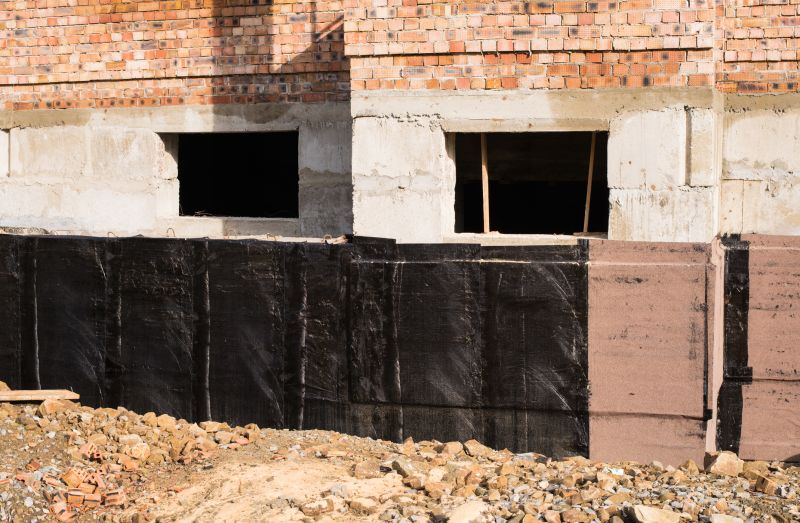
Consistent, moderate weather reduces delays and complications during foundation repair projects.

Repair timing should consider soil moisture; overly dry or saturated soil can hinder repair effectiveness.
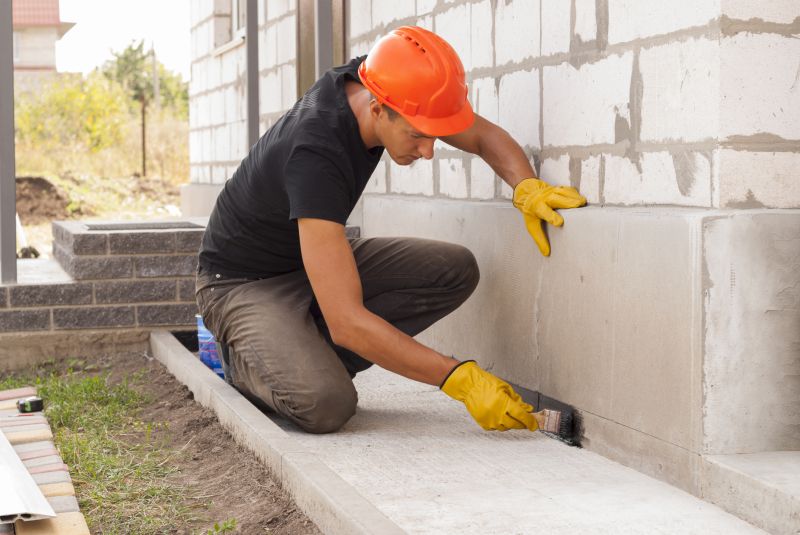
Planning repairs during seasons with predictable weather minimizes project disruptions.
Foundation repairs are essential for maintaining structural integrity and preventing further damage. The timing of these repairs can significantly impact their success, cost, and duration. Seasonal factors influence soil conditions, moisture levels, and accessibility, all of which affect repair processes. Proper scheduling ensures optimal results and minimizes inconvenience.
Statistics indicate that approximately 15% of homes in regions with variable weather experience foundation issues requiring repair. Addressing foundation problems promptly can prevent costly structural failures and improve property value. Understanding seasonal influences helps homeowners and contractors plan effectively, ensuring repairs are performed under the most favorable conditions.
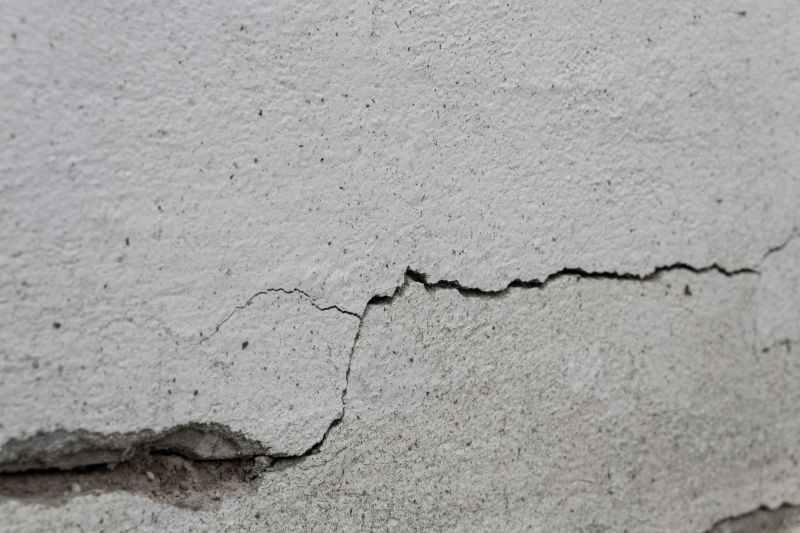
Cracks often indicate shifting or settling that may require timely repairs.
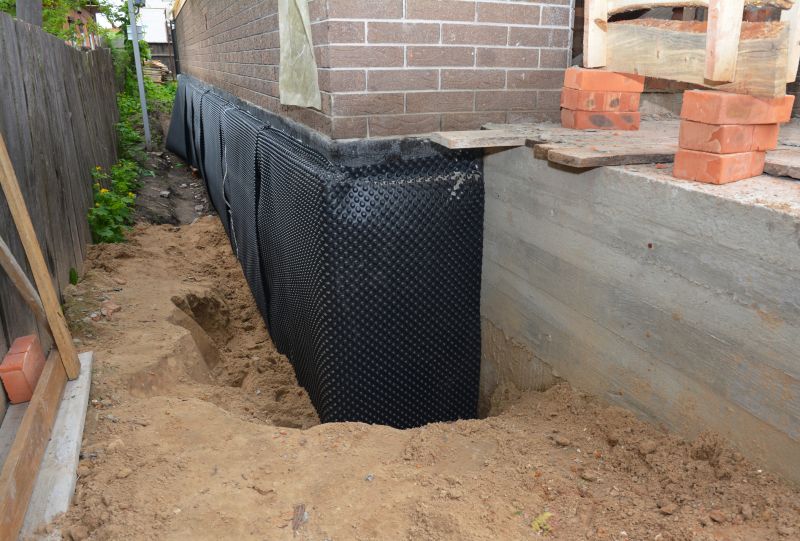
Proper waterproofing during suitable seasons can prevent water-related foundation issues.
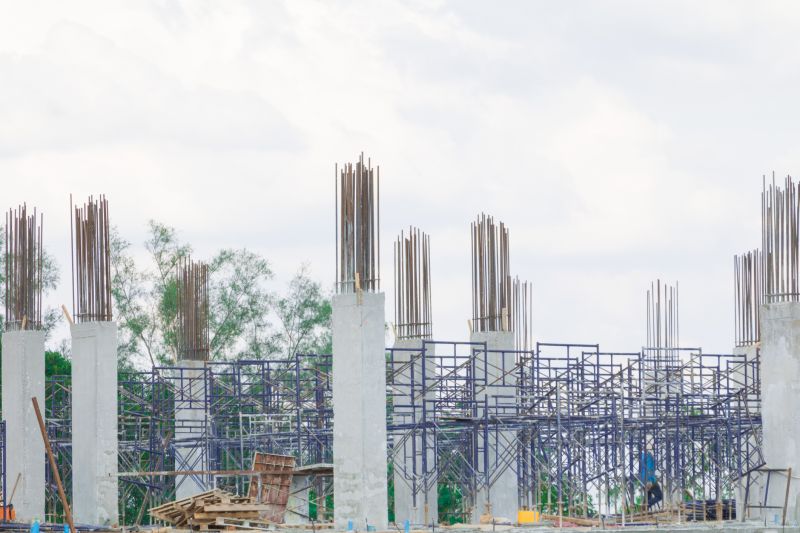
Accessible in mild weather, these repairs stabilize the foundation structure.

Timing soil stabilization efforts during optimal moisture conditions enhances effectiveness.
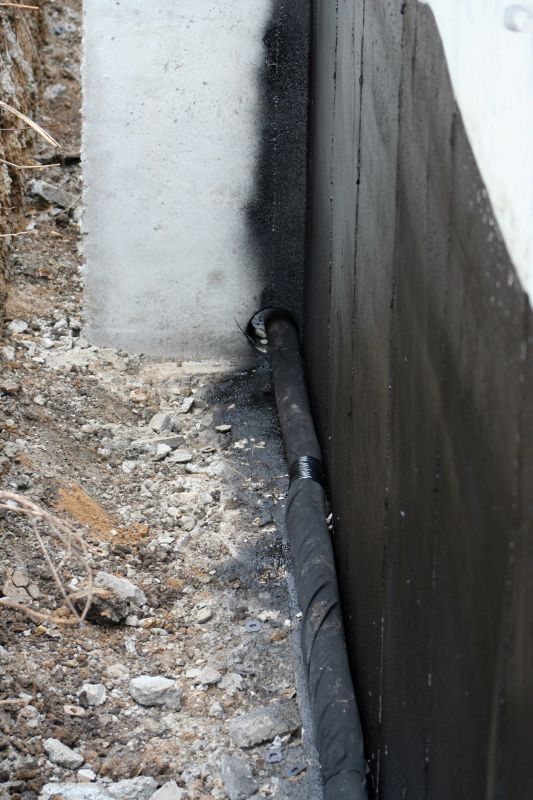
Installing or upgrading drainage systems is best done when soil is not overly saturated.
| Season | Ideal Conditions |
|---|---|
| Spring | Moderate temperatures, soil moisture increasing |
| Summer | Longer days, dry soil, high temperatures |
| Fall | Cooler weather, stable soil moisture, optimal for repairs |
| Winter | Freezing temperatures, soil contraction, less ideal |
| Overall | Fall offers the most favorable conditions for foundation repairs |
Choosing the right season for foundation repairs depends on local climate and soil conditions. Fall typically provides the most consistent and favorable environment, reducing delays and complications. Proper timing can lead to more durable repairs and better long-term stability.

Assessing foundation condition is crucial before scheduling repairs.
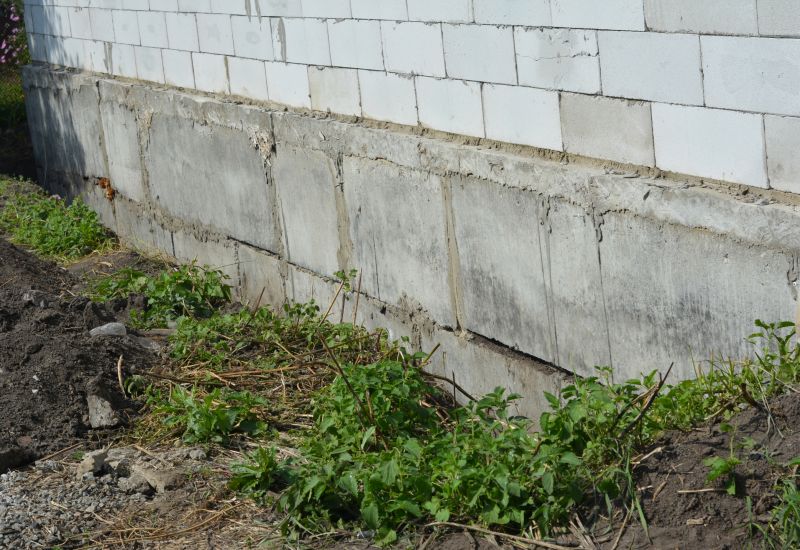
Understanding soil type and moisture helps determine the best repair timing.

Proper planning ensures repairs are performed efficiently during suitable seasons.

Regular inspections help maintain foundation stability over time.
Interested property owners are encouraged to contact for more information on scheduling foundation repairs. Proper timing and professional assessment are key to ensuring lasting stability and safety.
Ways to make Foundation Repairs work in tight or awkward layouts.
Popular materials for Foundation Repairs and why they hold up over time.
Simple add-ons that improve Foundation Repairs without blowing the budget.


